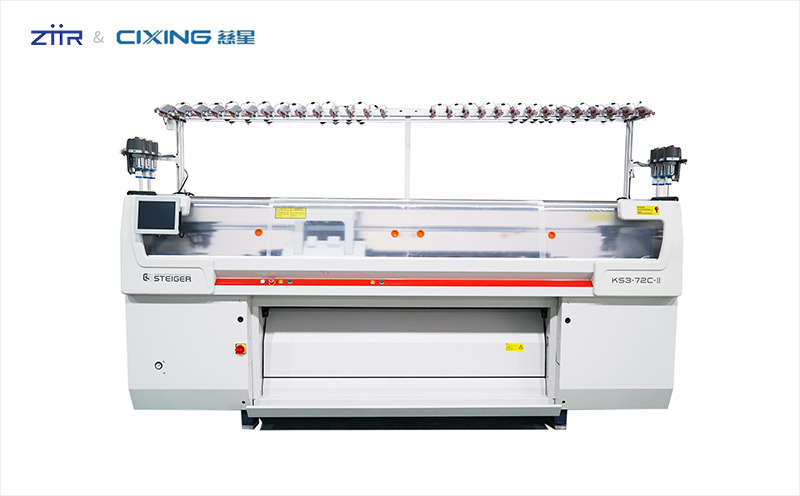
Introduction
Floating grinding and polishing technology is a set of intelligent grinding system composed of industrial robots, flexible grinding tools as the core, and then a collection of clamping fixtures, dust collection equipment and control systems. Compared with force-controlled high-precision grinding technology, floating grinding technology no longer uses six-dimensional force sensors, and the corresponding rigid grinding tools have been replaced by flexible grinding tools. Floating grinding and polishing technology has a constant robot grinding trajectory, the same product robot running track does not have the ability to automatically adjust, but the size of the grinding force can be adjusted through the flexible grinding tool on the flexible device, is a passive and smooth grinding method.
Floating grinding and polishing technology has the following characteristics:
1. Strong product adaptability
It can meet the grinding accuracy requirements of most parts, and is the first choice for robot grinding.
2. Quick change of grinding head
Through the robot's quick-change device, you can quickly change different types of grinding heads.
3. Strong self-adaptation ability
Through VR vision or digital modeling import, the same type of product can have strong product adaptive ability.
It is suitable for grinding the external surface of products with general requirements for dimensional accuracy, such as the external surface of automobile shells, wheel hubs, and hardware parts.
